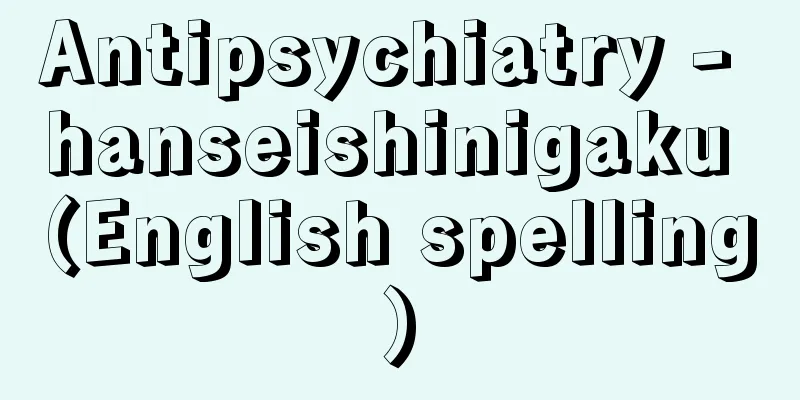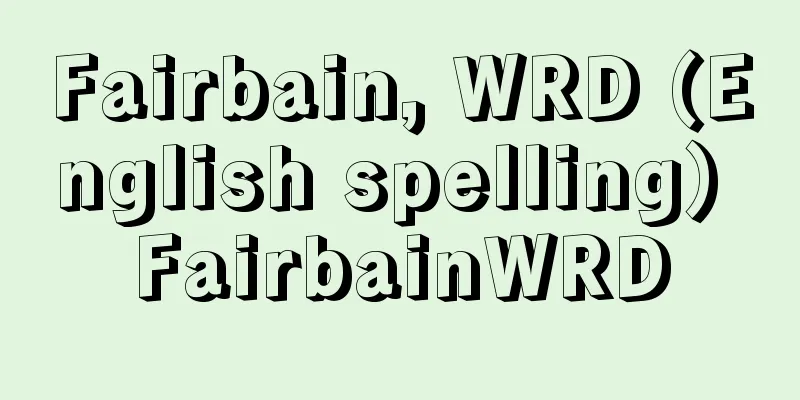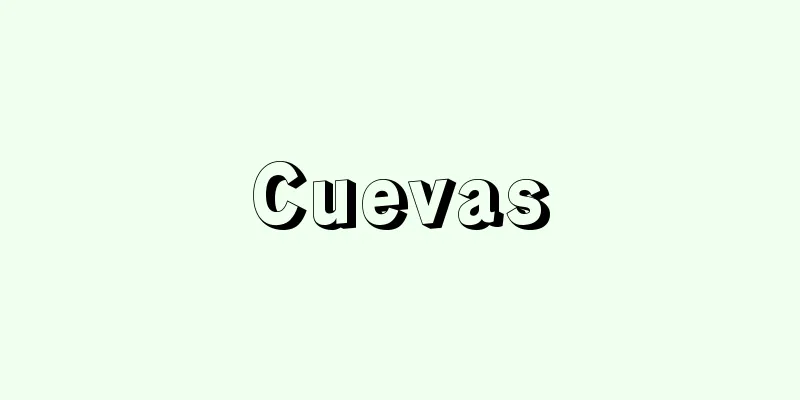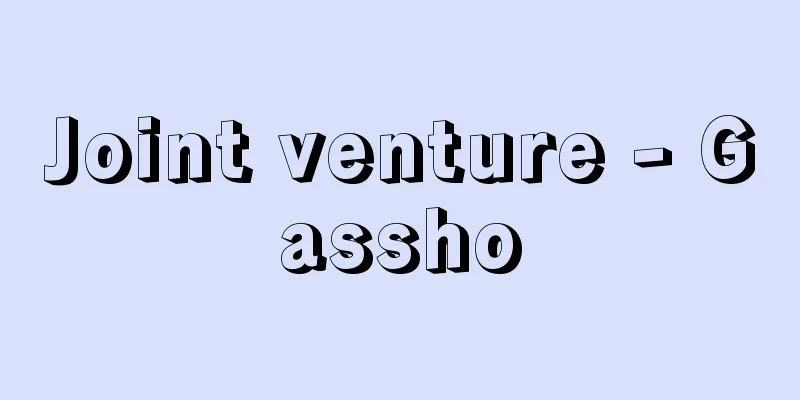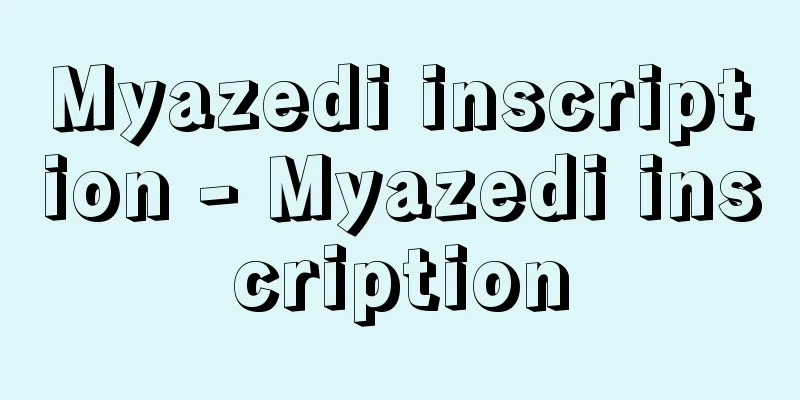Public trial - Kouhan
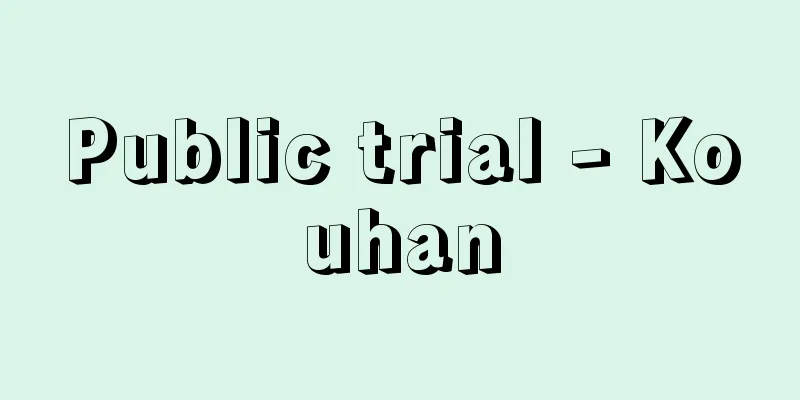
|
It is the central procedure in criminal proceedings. In a broad sense, it refers to the procedures for trial and judgment at the trial date, as well as all litigation procedures conducted in preparation for them, and in a narrow sense, it refers only to the procedures for trial and judgment at the trial date. It corresponds to oral arguments in civil proceedings. The important principles of a trial at first instance are the principle of discovery of substantive truth, the principle of disclosure, the principle of oral presentation, and the principle of direct examination. Under the current Criminal Procedure Law, there is a particular issue of how to consider the relationship between the principle of party principle and the principle of official authority. For this reason, there is a theoretical dispute regarding the court's duty to investigate evidence ex officio, the duty to issue an order to change the charges, and the formative effect of an order to change the charges. A trial of first instance begins when: (1) the public prosecutor files a public prosecution; (2) a higher court reverses or remands the original judgment or transfers the case; (3) the court makes a decision to transfer or consolidate the cases; (4) the court is unable to issue a summary order or summary trial in a traffic case or considers it inappropriate to do so, or when a request for a formal trial is made in the case of a summary order or summary trial in a traffic case; or (5) a decision to commence a retrial becomes final. The required members of a trial court are a judge, a court clerk, and a public prosecutor (Criminal Procedure Law, Article 282, Paragraph 2). The defendant is exempt from appearing in court for minor cases (Criminal Procedure Law, Articles 284 and 285), but must appear at the trial date for other cases (Criminal Procedure Law, Article 286). Furthermore, in cases involving the death penalty, life imprisonment, or imprisonment for a maximum term of more than three years, the court cannot open unless there is a defense attorney (Criminal Procedure Law, Articles 289 and 290). [Ichiro Uchida and Morikazu Taguchi] Public trialRegarding the scope of public trial proceedings, the principle of non-compliance with charges is applied. However, changes to the charges are permitted (Article 312 of the Code of Criminal Procedure). Typically, the order of trial in the first instance is as follows: [1] Opening procedure: (1) questioning of the accused (Article 196 of the Code of Criminal Procedure); (2) reading of the indictment by the prosecutor (Article 291, Paragraph 1, of the Code of Criminal Procedure); (3) informing the accused of his/her rights (Article 291, Paragraph 3, of the Code of Criminal Procedure and Article 197 of the Code of Criminal Procedure); (4) giving the accused and his/her defense counsel an opportunity to make statements (Article 291, Paragraph 3, of the Code of Criminal Procedure and Article 291-2, of the Code of Criminal Procedure). [2] Examination of evidence (Article 292 of the same Act) (1) Opening statement by the prosecutor (Article 296 of the same Act), (2) Opening statements by the defendant and his/her defense counsel (Article 198 of the Rules of the same Act), (3) Request for examination of evidence (Article 298, Paragraph 1 of the same Act), (4) Determination of the scope, order and method of examination of evidence (Article 297, Paragraph 1 of the same Act), (5) Examination of evidence by ex officio authority (Article 298, Paragraph 2 of the same Act), (6) Method of examination of evidence (a) examination of witnesses, etc. (Article 304 of the Trial Law and Articles 199-2 to 199-13 of the Trial Rules); (b) examination of documentary evidence (Article 305 of the Trial Law); (c) examination of physical evidence (Article 306 of the Trial Law); (d) examination of documents in physical evidence whose significance serves as evidence (Article 307 of the Trial Law); (7) voluntary statements by the defendant (Article 311 of the Trial Law); (8) objection to the examination of evidence (Article 309 of the Trial Law); (9) decision to exclude evidence (Article 205-6, paragraph 2, and Article 207 of the Trial Rules); (10) granting an opportunity to contest the probative value of evidence (Article 308 of the Trial Law). [3] Oral arguments: The prosecutor’s closing argument and sentence request, the defendant’s statement of opinion, and the defense’s oral argument (Article 293 of the same Act and Article 211 of the same Rules). [4] Judgment (Article 342 of the Law, Articles 35, 220, 220-2 and 221 of the Rules). As described above, only after going through the numerous procedures from [1] to [3] is the judgment [4] finally handed down. [Ichiro Uchida] [References] | | | | | | | | | | |Source: Shogakukan Encyclopedia Nipponica About Encyclopedia Nipponica Information | Legend |
|
刑事訴訟の中心となる手続であって、広義では、公判期日における審理・判決の手続のほか、その準備のためにするいっさいの訴訟手続をさし、狭義では、公判期日における審理・判決手続だけをいう。民事訴訟における口頭弁論にあたる。通常第一審の公判の重要な原則としては、実体的真実発見主義、公開主義、口頭主義、直接審理主義がある。現行刑事訴訟法になって、とくに、当事者主義と職権主義との関係をどのように考えればよいのかということが問題となっている。そのために、裁判所の職権証拠調べ義務、訴因変更命令義務、訴因変更命令の形成的効力について学説上争いがある。 第一審の公判が開始されるのは、(1)検察官の公訴の提起があったとき、(2)上級裁判所が原判決を破棄差戻しまたは移送したとき、(3)裁判所が事件を移送または併合する決定をしたとき、(4)裁判所が略式命令または交通事件即決裁判をすることができないとき、またはこれをすることが相当でないと考えたとき、もしくは略式命令または交通事件即決裁判につき正式裁判の請求があったとき、(5)再審開始の決定が確定したとき、である。 公判廷の必要的構成員は、裁判官、裁判所書記官および検察官である(刑事訴訟法282条2項)。被告人は、軽微事件については出頭を免除されているが(同法284条、285条)、それ以外は公判期日に出頭しなければならない(同法286条)。また、死刑または無期もしくは長期3年を超える懲役または禁錮にあたる事件を審理する場合には、弁護人がなければ開廷することができない(同法289条、290条)。 [内田一郎・田口守一] 公判審理公判審理の範囲については不告不理の原則がある。ただし訴因の変更が認められる(刑事訴訟法312条)。 通常、第一審の公判審理の順序は次のようである。 〔1〕冒頭手続 (1)人定質問(刑事訴訟規則196条)、(2)検察官の起訴状朗読(刑事訴訟法291条1項)、(3)被告人への権利の告知(同法291条3項、同規則197条)、(4)被告人・弁護人への陳述の機会付与(同法291条3項、291条の2)。 〔2〕証拠調べ(同法292条) (1)検察官の冒頭陳述(同法296条)、(2)被告人および弁護人の冒頭陳述(同規則198条)、(3)証拠調べの請求(同法298条1項)、(4)証拠調べの範囲、順序、方法の決定(同法297条1項)、(5)職権による証拠調べ(同法298条2項)、(6)証拠調べの方式 (イ)証人等の取調べ(同法304条、同規則199条の2~199条の13)、(ロ)証拠書類の取調べ(同法305条)、(ハ)証拠物の取調べ(同法306条)、(ニ)証拠物中書面の意義が証拠となるものの取調べ(同法307条)、(7)被告人の任意の供述(同法311条)、(8)証拠調べに関する異議の申立て(同法309条)、(9)証拠の排除決定(同規則205条の6第2項、207条)、(10)証拠の証明力を争う機会の付与(同法308条)。 〔3〕弁論 検察官の論告・求刑および被告人の意見の陳述、弁護人の弁論(同法293条、なお同規則211条)。 〔4〕判決(同法342条、同規則35条、220条、220条の2、221条)。 以上のように、〔1〕~〔3〕の多くの手続を経て初めて、最後に〔4〕判決が下される。 [内田一郎] [参照項目] | | | | | | | | | | |出典 小学館 日本大百科全書(ニッポニカ)日本大百科全書(ニッポニカ)について 情報 | 凡例 |
>>: The Book of Hou Ma (English: Hou Mǎ Méng shū)
Recommend
Tropism
This refers to the directional movement of a plan...
Kitakinuma
…It is also called Sugenuma. It is a dammed lake ...
Hoori-no-Mikoto
Also known as Hikohohodemi-no-Mikoto. In the Kojik...
Paracas (English spelling)
A town in southwestern Peru. It is located about 6...
Marwari Capital - Marwari Literature
The Banias (merchant caste) of Rajasthan in northw...
Naḥḥās (English spelling)
1876‐1965 An Egyptian politician from the Wafd Par...
Metal organic matter
…In other words, instead of two types of molecule...
Saponin (English spelling)
A general term for glycosides (complexes of sugar...
Ilutūtmish (English spelling)
...With Delhi as its capital, it controlled the w...
Dark Adaptation
One of the sensory adaptations of the retina to t...
Kiriyama Castle
...This coast is home to Ajiro and Tago, the main...
Wadsworth, EA (English spelling) WadsworthEA
…The name “Bauticism” was coined by the poet E. P...
Crocus vernus (English spelling) Crocusvernus
…[Hiroshi Aramata]. … *Some of the terminology th...
Amytal (English spelling)
Amobarbital is a brand name, and Isomytal (brand n...
Autonomic ganglion
…In this system, the axons of output neurons (aut...
